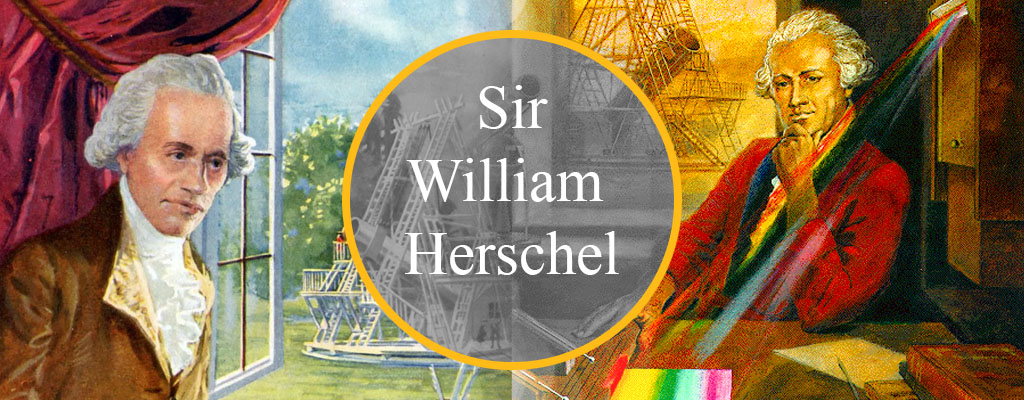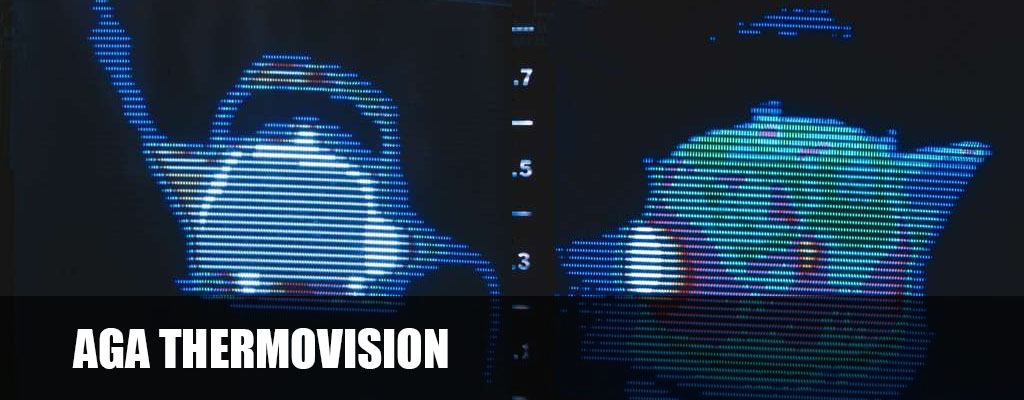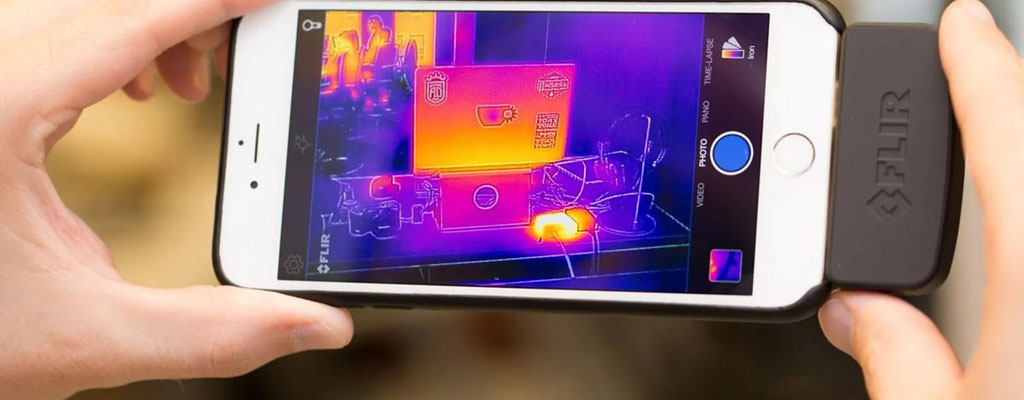From Sir William Herschel's discovery of infrared radiation to the current day, thermal imaging technology has come a long way. In this article, we explore the fascinating history of thermal imaging, its evolution from early experiments to modern applications, and the future possibilities of this technology. Join us on a journey through time and discover the incredible story of thermal imaging.
Introduction
Thermal imaging technology is a method for detecting and measuring the amount of heat being emitted by an object.
 Electromagnetic spectrum
Electromagnetic spectrumIt uses infrared radiation, a type of electromagnetic radiation that has longer wavelengths than visible light, to capture images of objects and their temperatures. This technology has a long and fascinating history, which we'll explore together in this article.
Early experiments with infrared radiation
The first experiments with thermal imaging can be traced back to the early 19th century when scientists began studying infrared radiation. In 1800, Sir William Herschel discovered infrared radiation by passing sunlight through a prism and then measuring the temperature of the various colors of light that were produced.
 Sir William Herschel
Sir William HerschelHe found that the temperature was highest just beyond the red end of the spectrum, which led him to hypothesize that there must be an invisible form of radiation that could be felt as heat.
The development of infrared cameras
The first infrared camera was developed in the 1930s using vacuum-tube detectors that could sense infrared radiation. However, these cameras were large and expensive and did not have widespread use.
 Thermal Camera (TNO, the Netherlands)
Thermal Camera (TNO, the Netherlands)In the 1960s, thermal imaging technology began to be used extensively by the military for surveillance and reconnaissance purposes. These early thermal imaging cameras were still large and expensive, but they were able to detect the heat signatures of objects and living beings from a distance.
Industrial and medical applications
In the 1970s, thermal imaging technology began to be used in industry for a variety of applications, such as detecting leaks in pipes, identifying hot spots in electrical systems, and monitoring the temperature of industrial processes. These cameras were still relatively large and expensive, but they were becoming more widely available and affordable.
 AGA Thermovision
AGA ThermovisionIn the 1980s, thermal imaging technology was first used in medicine, with medical researchers discovering that thermal imaging could be used to detect and diagnose diseases and injuries, as well as monitor the progress of treatments. This led to the development of thermal imaging cameras specifically designed for medical applications.
Home improvement and safety applications
In the 1990s, thermal imaging technology was used in home improvement and safety applications, such as detecting heat loss in buildings, locating water leaks, and identifying electrical hot spots. These cameras were also used by firefighters to locate people and animals in smoke-filled rooms.
Advancements in technology
In the early 2000s, thermal imaging technology saw a significant expansion in use, due in part to the development of smaller and more affordable thermal imaging cameras. Thermal imaging technology was integrated into consumer electronics such as smartphones, making it more accessible to the general public and leading to the development of new applications and use cases.
 Thermal Imaging for Smartphones
Thermal Imaging for SmartphonesIn recent years, significant advances in thermal imaging technology include the development of thermal cameras that can detect temperature changes as small as 0.02 degrees Celsius, opening up new applications such as the detection of tumors and other abnormalities in the human body. Thermal imaging cameras are also integrated into unmanned aerial vehicles (UAVs) for applications such as search and rescue, wildlife monitoring, and agricultural surveys.
Current and Future possibilities
As this technology continues to advance, it is likely that thermal imaging technology will become even more widely used and integrated into a broader range of devices and applications. Current possibilities include the use of thermal imaging in self-driving cars, the development of wearable thermal imaging devices for health monitoring, and the integration of thermal imaging cameras into space exploration missions.
As with everything in life, the future remains hard to predict, but one thing is for sure; thermal imaging is here to stay and will be adopted in a wider range of devices and industries.